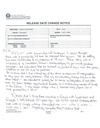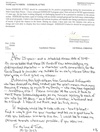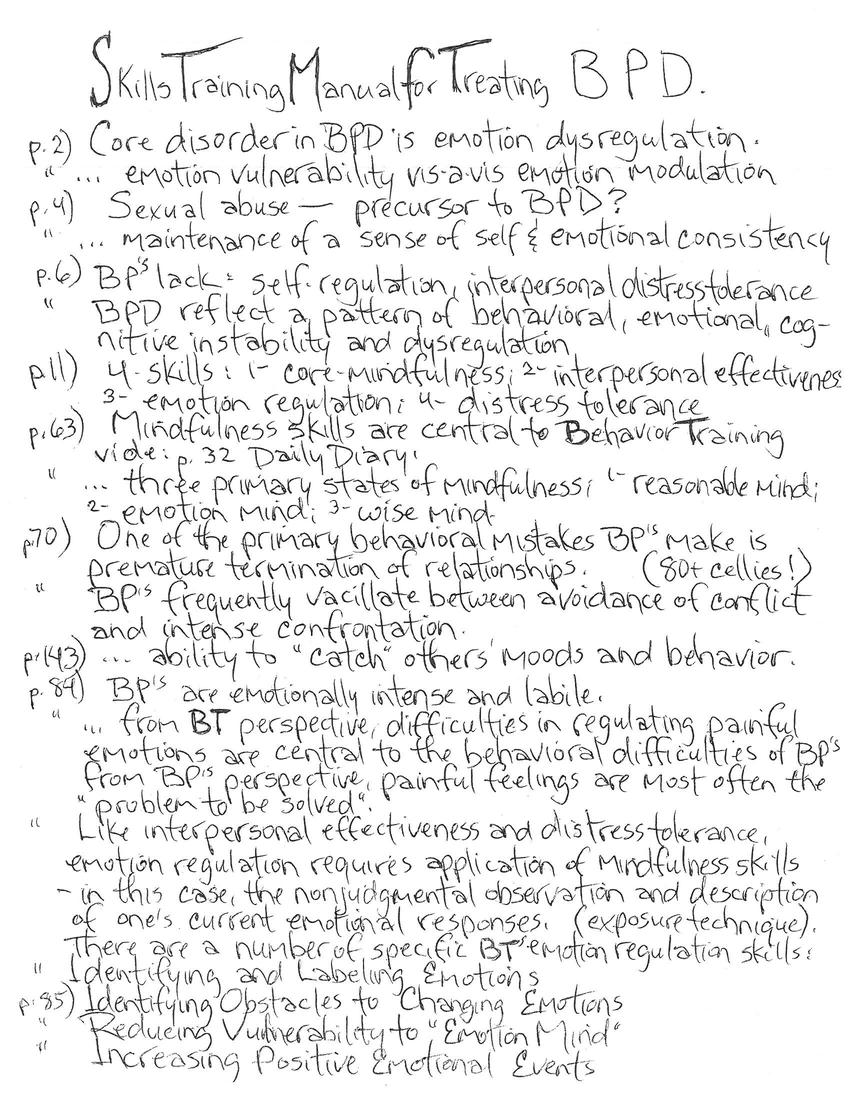
Transcription
Skills Training Manual for Treating BPD
p.2) Core disorder in BPD is emotion dysregulation.
" ...emotion vulnerability vis a vis emotion modulation
p.4) Sexual abuse - precursor to BPD?
" ...maintenance of a sense of self & emotional consistency
p.6) BPs lack self-regulation, interpersonal distress tolerance
" BPD reflect a pattern of behavioral, emotional, cognitive instability and dysregulation
p.11) 4 skills: 1 - core-mindfulness; 2 - interpersonal effectiveness; 3 - emotion regulation; 4 - distress tolerance
p.63) Mindfulness skills are central to Behavior Training vide: p.32 Daily Diary.
" ...three primary states of mindfulness; 1 - reasonable mind; 2 - emotion mind; 3 - wise mind
p.70) One of the primary behavioral mistakes BPs make is premature termination of relationships. (80+ cellies!)
" BPs frequently vacillate between avoidance of conflict and intense confrontation.
p.143) ...ability to "catch" others' moods and behavior.
p.84) BPs are emotionally intense and labile.
" ...from BT perspective, difficulties in regulating painful emotions are central to the behavioral difficulties of BPs. From BP's perspective, painful feelings are most often the "problem to be solved".
" Like interpersonal effectiveness and distress tolerance, emotion regulation requires application of mindfulness skills - in this case, the nonjudgmental observation and description of one's current emotional responses, (exposure technique). There are a number of specific BT's emotion regulation skills:
" Identifying and labeling emotions
p.85) Identifying obstacles to changing emotions
" Reducing vulnerability to "emotion mind"
" Increasing positive emotional events
p.85) Increasing mindfulness to current emotions
" Taking opposite action
" Applying distress tolerance techniques
p.87) ...basic emotions: anger, sorrow, joy, surprise, fear, disgust, guilt/shame, interest.
...Emotions are also self-perpetuating. Once an emotion starts, it keeps restarting itself. When an emotion seems to stay around, it is called a "mood".
p.96) Most approaches to mental health treatment focus on changing distressing events and circumstances... BT emphasizes learning to bear pain skilfully.
Other posts by this author
|
2023 may 31

|
2023 apr 5

|
2023 mar 19

|
2023 mar 5

|
2023 mar 5

|
2023 mar 5

|
More... |



Replies